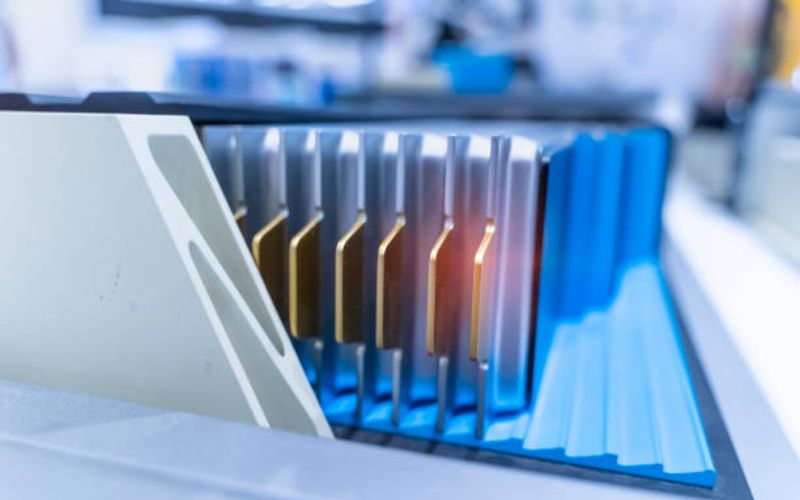Can you remove heat sink without replacing thermal paste??
When it comes to maintaining your computer, one of the most crucial components to keep an eye on is the heat sink, as it plays a crucial role in keeping your CPU cool. However, what do you do when you need to remove it? Can you remove heat sink without replacing thermal paste? Let's find out.
What is Thermal Paste?
Before we delve into whether you can remove the heat sink without replacing the thermal paste, let's take a moment to understand what thermal paste actually is. Thermal paste is a heat conducting material that is applied between the heat sink and the CPU to ensure optimal heat transfer.
Can You Remove the Heat Sink Without Replacing the Thermal Paste?
The short answer is no. It is highly recommended that you replace the thermal paste every time you remove the heat sink. The reason for this is that thermal paste gets worn out over time and loses its effectiveness, resulting in poor heat transfer. Reapplying the thermal paste will help ensure maximum heat transfer and prevent your CPU from overheating.
What Happens if You Remove the Heat Sink Without Replacing the Thermal Paste?
If you remove the heat sink without replacing the thermal paste, you run the risk of causing your CPU to overheat, which can cause permanent damage. Even if your computer still boots up, you might notice that it is running slower, crashing more frequently, or even shutting down randomly. This is because the CPU is working harder than it should be, which can eventually cause it to fail.
How Do You Remove the Heat Sink?
If you need to remove the heat sink, the first step is to ensure that your computer is completely turned off and unplugged. Next, remove any cables or components that might be obstructing your access to the heat sink. Once you have a clear path, unscrew the heat sink from the CPU, being careful not to damage any of the other components in the process.
How Do You Replace the Thermal Paste?
Once you have removed the heat sink, it's time to replace the thermal paste. Start by cleaning the old thermal paste off of both the heat sink and CPU using an alcohol-based solution and a lint-free cloth. Next, apply a small amount of new thermal paste to the center of the CPU and spread it out evenly using a plastic applicator or credit card. Finally, reattach the heat sink to the CPU and screw it back in.
How Often Should You Replace the Thermal Paste?
As we mentioned earlier, thermal paste can wear out over time, so it's essential to know when to replace it. Most experts recommend replacing the thermal paste every 1-2 years, depending on how often you use your computer and how hard you push it. If you notice that your CPU is running hotter than usual or that your computer is crashing frequently, it might be time to replace your thermal paste.
The Bottom Line
Removing the heat sink without replacing the thermal paste is not recommended, as it can cause permanent damage to your CPU. Always make sure to replace the thermal paste every time you remove the heat sink to ensure optimal heat transfer and prevent your computer from overheating.
Related Potential Long-Tail SEO Keywords
- Can you remove a heat sink without thermal paste?
- Why is thermal paste necessary for a heat sink?
- How often should you replace thermal paste?
- Can you use an old thermal paste?
- What happens if you don't replace thermal paste?

